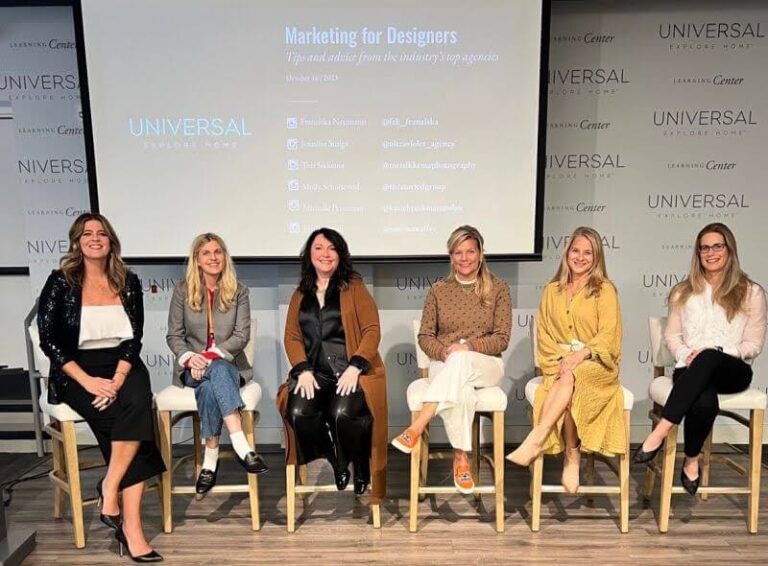Click a button and donate. Seems simple and effective, right? People, the donate button is dead.
Slapping a button on your website isn’t going to move strangers to give their money to your nonprofit. You know your organization changes lives and manages resources effectively, but your site visitors might not, especially those who’ve landed here for the first time. You’re strangers to each other and like our mom taught us, we don’t give our money to strangers.
Like all donors, your site visitors need to be nurtured. They need to learn your story, understand your organization, and feel a connection to your fundraising effort. Only then will they feel knowledgeable and comfortable (even inspired) enough to give to your cause.
Let’s talk about another, more effective way to raise funds for your organization than a standalone donate button. How do you effectively communicate your story to your readers? First, understand the life cycle stage of website readers.
Generally, there are three of them and they are the key to improving your online fundraising.
Strangers
The stranger begins with an anonymous visit to your site. This visitor is just checking you out, getting a feel for your organization and what you do.
You don’t ask strangers for favors in your personal life, why are you asking strangers on your website for money? These visitors need to see a clear message communicating exactly what your organization does, your goals, and tangible evidence of work your organization has done. Great website content that is creative, but concise, can give strangers visiting your site a sense of what you’re all about. It’s important to effectively communicate the value of what you offer to your site visitors. What makes you different from other charitable organizations? How are funds used and can you show tangible results of success? How are you connected to the local community?
Action: Attract strangers with blog posts promoted through social media. Convert strangers to potential donors with a call-to-action in your blog. Do you have a case study or client success story you can package as a downloadable offer? Give it away free in exchange for the visitor’s name, email and the answer to a telling question. Maybe, What charity did you give to in the last year?
Learners
Visitors will click around your site, getting a little taste here and a little taste there until they feel more knowledgeable about your mission. This is the learning stage, and it’s critical in converting visitors into donors. Learners need to feel a personal connection to your mission, and the way to create this relationship is through storytelling. Blog about success stories of people who have benefitted from your organization’s efforts. Have staff members tell their personal stories about why they focus their energy on the mission of the organization. Highlight the important volunteers that spend their time working for the cause will work wonders in connecting your reader to your mission. (We always suggested hiring a professional writer for this. If you need a referral, just ask Shannon@marketingrival.com).
Action: Now hit your readers with a call to action that helps them learn more, like Want to hear more great stories about how our volunteers are changing lives? Click here to subscribe to our blog. On this form why not ask how they like to give to charity, with their money, their professional expertise or their time.
Deciders
After getting the warm fuzzy feeling reading a real life story about your organization’s work, your learner is probably feeling ready to make a decision. Whether it’s time or money you’re asking for, readers who feel they have a connection to your mission are more likely to decide to become a donor.You’ve been nurturing this potential donor through your social media, blog and email. Now it’s time to ask for the donation.
But before you ask for that credit card number, read this
Charity:water, a nonprofit providing clean and safe drinking water to people in developing nations, understands the power of connecting with site visitors. They focus their energy on creating powerful content that inspires people to join or donate to their cause. And the numbers speak for themselves. In 2012 they raised $33 million, $8 million of which came through online fundraising.
The organization takes a smart business approach by giving potential donors the choice to pay how they like. The single-line form is prefilled with a small dollar amount and offers a choice to use PayPal or a credit card. Plus there’s a line to give by check or give stock.
Action: Give them options. One donate button for everyone is like one-sized-fits-no-one-tights. Not pretty. Not effective.
Now don’t go talking smack about the millennials.
Trashing millennials for not knowing how to use land lines or feeling entitled is great fun, but let’s not be so smug as to miss their value to nonprofits and businesses. At 75 million strong, this group can’t be overlooked. The people of this tech-savvy, self-confident generation back causes they believe in, who give them the information they want in a creative and clear way, engaging them with personal stories. But their biggest value to you might be their penchant for sharing every-little-thing-they’re-doing-right-now. They might not come to your gala event, but if they donate or volunteer, they’re going to tell everyone of their friends on the interwebs.
Data shows that 50% of millennials share information about charities they support with their Facebook friends, according to a recent Blackbaud study.
Action: Give your donors a way to show off their contribution and encourage their friends to check out your organization. Adding social sharing buttons to your thank you page (and straight up asking for your donors to share their generosity) adds to the feel good for them and the exposure for you. (Plus then you can publicly thank them on your social media.)
Right now your donate button is probably living in the upper right hand corner of your site. Am I right? That’s because your web developer knew that was prime real estate for eyeballs. But now you know that nurturing is more effective than asking for money cold. Today we challenge you to capture one of your organization’s compelling stories, in a blog, video or case study, and swap it out for that donate button.






